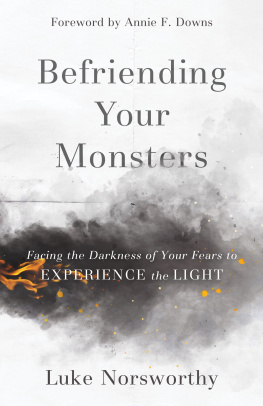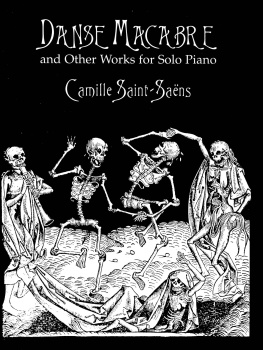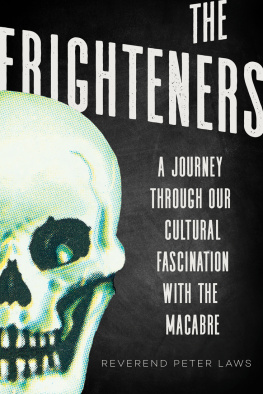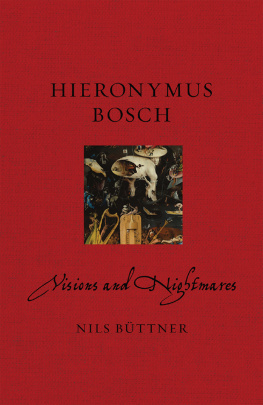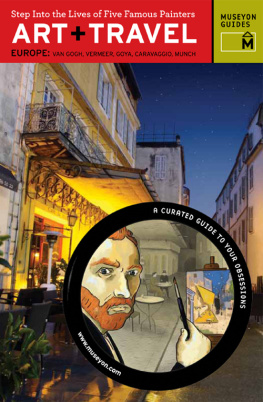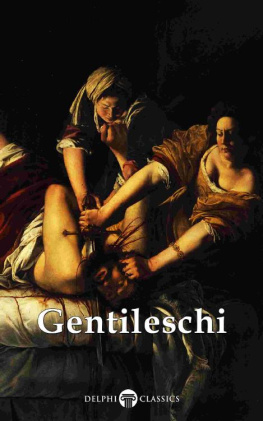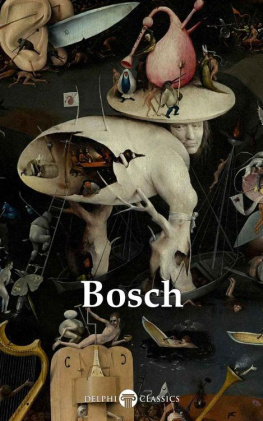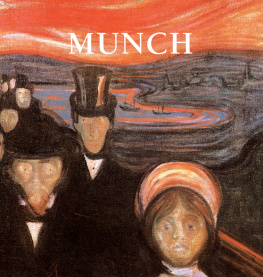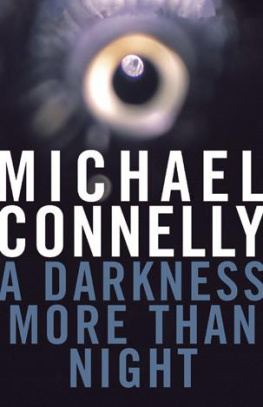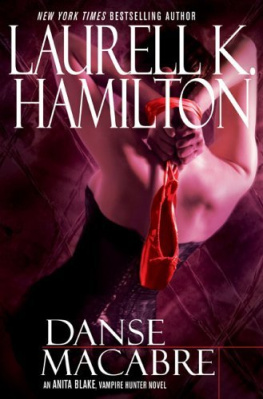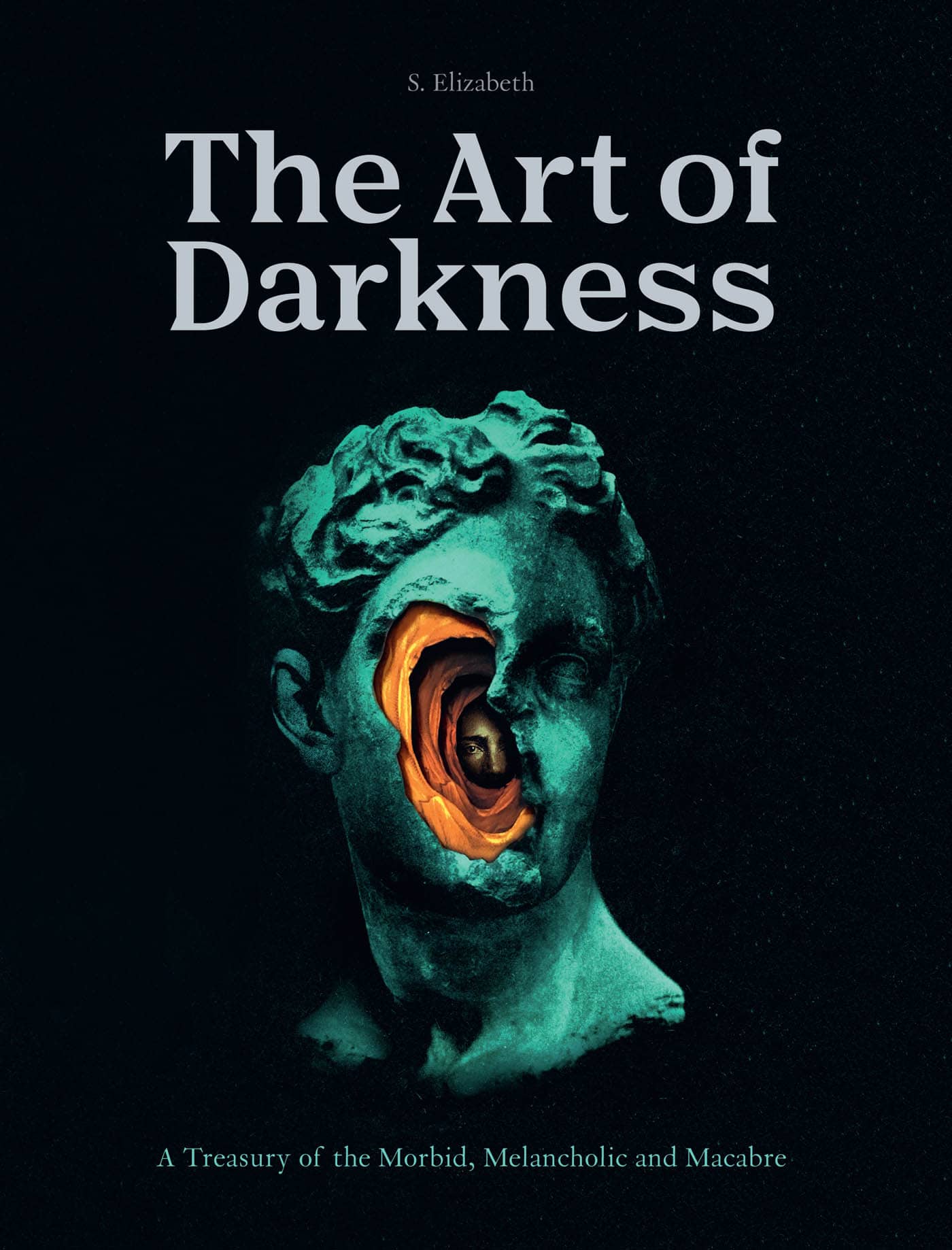S. Elizabeth - The Art of Darkness: A Treasury of the Morbid, Melancholic and Macabre
Here you can read online S. Elizabeth - The Art of Darkness: A Treasury of the Morbid, Melancholic and Macabre full text of the book (entire story) in english for free. Download pdf and epub, get meaning, cover and reviews about this ebook. year: 2022, publisher: Frances Lincoln, genre: Art. Description of the work, (preface) as well as reviews are available. Best literature library LitArk.com created for fans of good reading and offers a wide selection of genres:
Romance novel
Science fiction
Adventure
Detective
Science
History
Home and family
Prose
Art
Politics
Computer
Non-fiction
Religion
Business
Children
Humor
Choose a favorite category and find really read worthwhile books. Enjoy immersion in the world of imagination, feel the emotions of the characters or learn something new for yourself, make an fascinating discovery.

- Book:The Art of Darkness: A Treasury of the Morbid, Melancholic and Macabre
- Author:
- Publisher:Frances Lincoln
- Genre:
- Year:2022
- Rating:3 / 5
- Favourites:Add to favourites
- Your mark:
The Art of Darkness: A Treasury of the Morbid, Melancholic and Macabre: summary, description and annotation
We offer to read an annotation, description, summary or preface (depends on what the author of the book "The Art of Darkness: A Treasury of the Morbid, Melancholic and Macabre" wrote himself). If you haven't found the necessary information about the book — write in the comments, we will try to find it.
The Art of Darkness is a visually rich sourcebook featuring eclectic artworks that have been inspired and informed by the morbid, melancholic, and macabre.
Throughout history, artists have been obsessed with darkness creating works that haunt and horrify, mesmerise and delight, and play on our innermost fears. Gentileschi took revenge with paint in Judith Slaying Holofernes while Bosch depicted fearful visions of Hell that still beguile. Victorian Britain became strangely obsessed with the dead and in Norway Munch explored anxiety and fear in one of the most famous paintings in the world (The Scream, 1893). Today, the Chapman Brothers, Damien Hirst and Louise Bourgeois, as well as many lesser known artists working in the margins, are still drawn to all that is macabre.
From Dreams & Nightmares to Matters of Mortality, Depravity & Destruction to Gods & Monsters this book introduces sometimes disturbing and often beautiful artworks that indulge our greatest fears, uniting us as humans from century to century.
But, while these themes might scare us cant they also be heartening and beautiful? Exploring and examining the artworks with thoughtful and evocative text, S. Elizabeth offers insight into each artists influences and inspirations, asking what comfort can be found in facing our demons? Why are we tempted by fear and the grotesque? And what does this tell us about the human mind?
Of course, sometimes there is no good that can come from the sensibilities of darkness and the sickly shivers and sensations they evoke. These are uncomfortable feelings, and we must sit for a while with these shadows from the safety of our armchairs.
Artists covered include Pablo Picasso, Georgia OKeeffe, Francisco de Goya, Leonora Carrington, John Everett Millais, Tracey Emin, Vincent van Gogh, Barbara Hepworth, Paul Cezanne, and Salvador Dal, as well as scores more. With over 200 carefully curated artworks from across the centuries, The Art of Darkness examines all that is dark in a bid to haunt and hearten.
This book is part of the Art in the Margins series, following up on The Art of the Occult, which investigates representations of the mystical, esoteric and occult in art from across different times and cultures.
S. Elizabeth: author's other books
Who wrote The Art of Darkness: A Treasury of the Morbid, Melancholic and Macabre? Find out the surname, the name of the author of the book and a list of all author's works by series.


